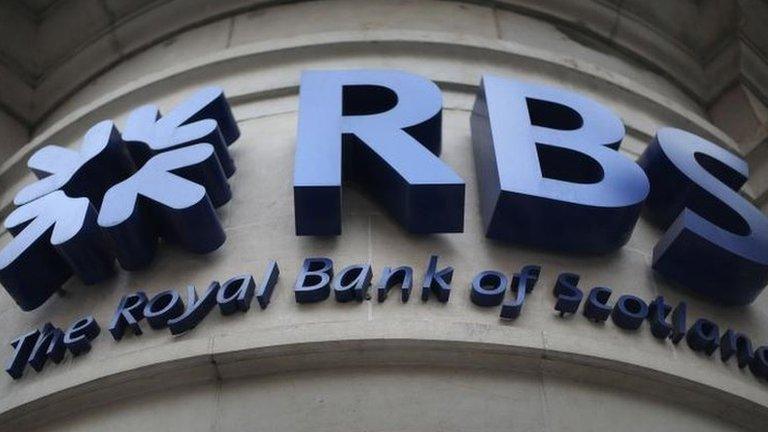The challenge for the challenger banks
- Published
- comments

Royal Bank of Scotland's decision to shelve the spin-off of 300 branches and two million customers under the old Williams & Glyn brand is much more than a tale of expensive IT headaches.
Having spent a billion pounds trying to carve out an independent bank for sale, RBS has decided that this new-born foal of a bank would not be steady enough on its feet to survive in this harsh banking environment.
With interest rates at record lows, banks are finding it harder than ever to make money as profit margins are squeezed. Smaller players like Shawbrook and Aldermore, with exposure to UK SMEs, are thought to be more affected by the weakening UK economy that the Bank of England and others expect to see.
That's exactly the niche in which Williams and Glyn was going to sit, and despite the efforts of Mark Carney to throw down some cushions in the form of cheap money to lend on to customers, it still looks a very uncomfortable place to be.
Those branches and their associated customers still have to be offloaded by the end of 2017 to comply with conditions set down after the £45bn bailout of RBS in 2008. Santander UK is known to be in the running and RBS sources assure me that's not the only interest out there.
But it seems that the happy by-product of the banking crisis - namely, a market full of new youthful challenger banks nipping at the heels of the big five (HSBC, RBS, Lloyds, Barclays, Santander) is struggling to become a reality.